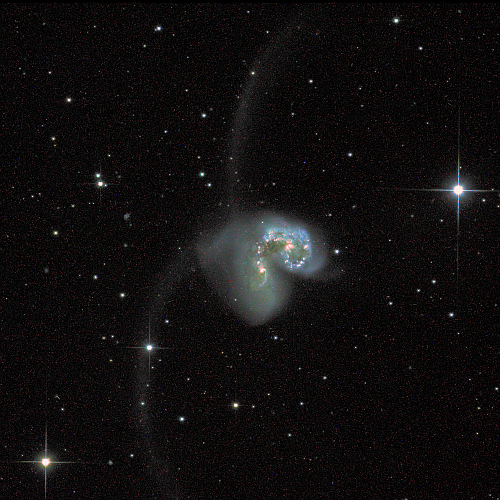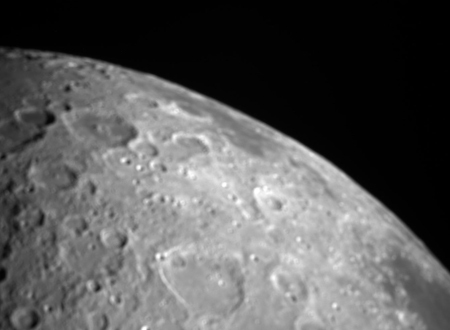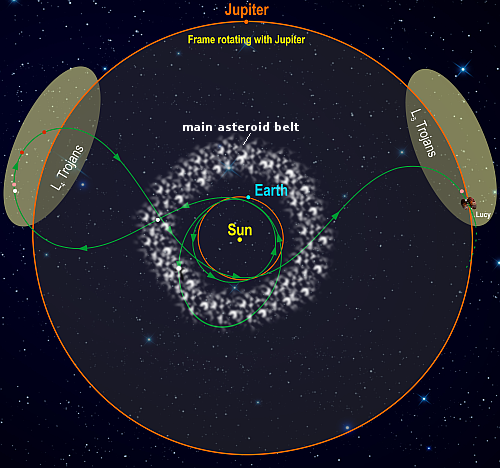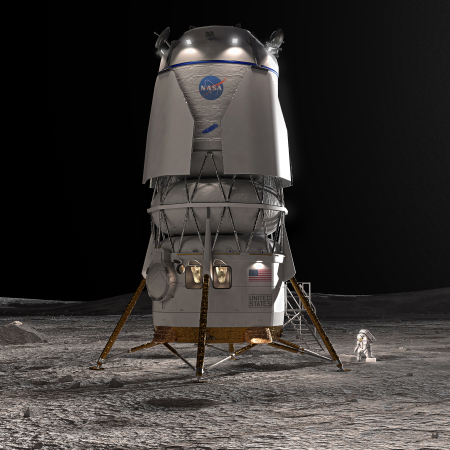NASA awards 11 small development contracts to a variety of companies
Capitalism in space: NASA today announced that it has awarded small contracts to eleven different companies, ranging from big established companies like ULA and Lockheed Martin to small startups like Varda and Zeno, for developing a range of new technologies, from power production on the Moon to making building materials from lunar soil.
Five of the technologies will help humanity explore the Moon. For astronauts to spend extended periods of time on the lunar surface, they will need habitats, power, transportation, and other infrastructure. Two of the selected projects will use the Moon’s own surface material to create such infrastructure – a practice called in-situ resource utilization, or ISRU. Redwire will develop technologies that would allow use of lunar regolith to build infrastructure like roads, foundations for habitats, and landing pads.
Blue Origin’s technology could also make use of local resources by extracting elements from lunar regolith to produce solar cells and wire that could then be used to power work on the Moon.
Astrobotic’s selected proposal will advance technology to distribute power on the Moon’s surface, planned to be tested on a future lunar mission. The company’s CubeRover would unreel more than half a mile (one kilometer) of high-voltage power line that could be used to transfer power from a production system to a habitat or work area on the Moon.
The contracts range in price from $1.6 to $34.7 million, with Blue Origin getting that largest award.
Capitalism in space: NASA today announced that it has awarded small contracts to eleven different companies, ranging from big established companies like ULA and Lockheed Martin to small startups like Varda and Zeno, for developing a range of new technologies, from power production on the Moon to making building materials from lunar soil.
Five of the technologies will help humanity explore the Moon. For astronauts to spend extended periods of time on the lunar surface, they will need habitats, power, transportation, and other infrastructure. Two of the selected projects will use the Moon’s own surface material to create such infrastructure – a practice called in-situ resource utilization, or ISRU. Redwire will develop technologies that would allow use of lunar regolith to build infrastructure like roads, foundations for habitats, and landing pads.
Blue Origin’s technology could also make use of local resources by extracting elements from lunar regolith to produce solar cells and wire that could then be used to power work on the Moon.
Astrobotic’s selected proposal will advance technology to distribute power on the Moon’s surface, planned to be tested on a future lunar mission. The company’s CubeRover would unreel more than half a mile (one kilometer) of high-voltage power line that could be used to transfer power from a production system to a habitat or work area on the Moon.
The contracts range in price from $1.6 to $34.7 million, with Blue Origin getting that largest award.







